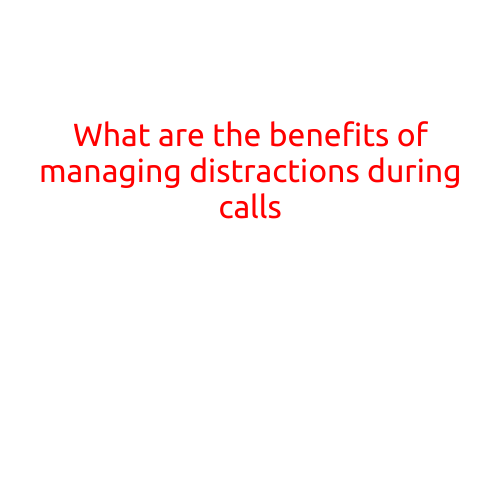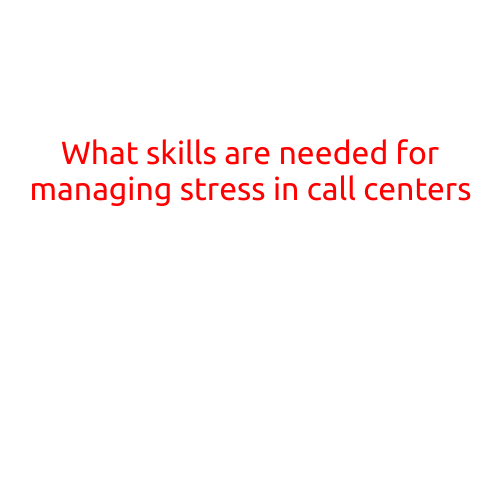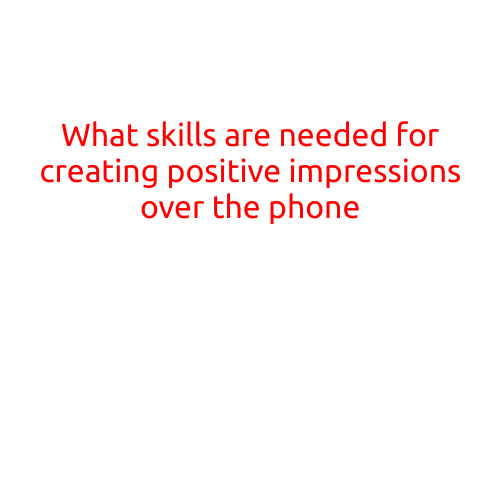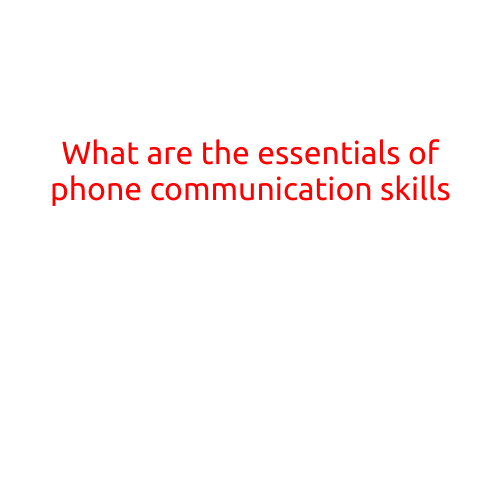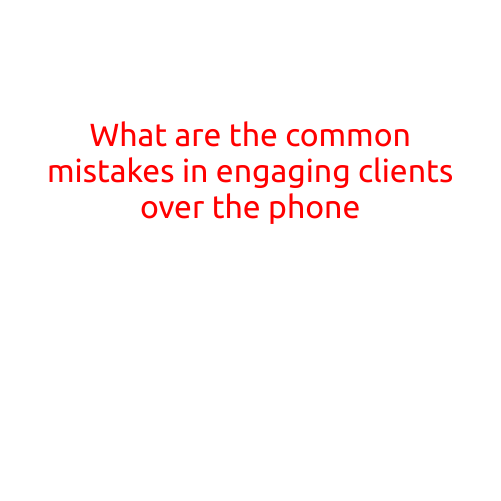
What are the Common Mistakes in Engaging Clients Over the Phone?
In today’s digital age, phone conversations continue to play a crucial role in building relationships with clients and closing deals. However, despite its importance, many professionals still struggle to make a lasting impression over the phone. In this article, we’ll explore the most common mistakes people make when engaging clients over the phone and provide actionable tips to avoid them.
Mistake #1: Lack of Preparation
Before making a call, it’s essential to research the client’s background, review their previous interactions, and prepare a list of agenda items to discuss. Failing to do so can result in awkward silences, irrelevant conversations, and a lack of understanding of the client’s needs.
Solution: Take the time to research the client’s company, industry, and previous interactions. Prepare a list of questions and topics to discuss, and rehearse your pitch to ensure a smooth and confident conversation.
Mistake #2: Poor Listening Skills
Active listening is crucial when engaging with clients over the phone. Failing to listen attentively can lead to misunderstandings, miscommunications, and a lack of trust.
Solution: Maintain eye contact (even if you’re not in the same room), use verbal cues (e.g., “uh-huh”) to show you’re engaged, and reiterate what you’ve heard to ensure understanding.
Mistake #3: Inadequate Introduction and Context
Failing to provide a clear introduction and context can leave clients feeling uncertain about the purpose of the call and your expertise.
Solution: Begin the call with a clear introduction, stating your name, company, and the purpose of the call. Set the context by providing a brief overview of the topic you’ll be discussing.
Mistake #4: Not Respecting the Client’s Time
Clients lead busy lives, and it’s essential to respect their time and schedule. Failing to do so can result in lengthy calls, frustration, and a lack of trust.
Solution: Start the call on time, and respect the client’s requests for a specific time allotment. Be mindful of the call’s length and stay on topic to avoid wasting the client’s time.
Mistake #5: Not Being Authentic and Conversational
Stuffiness and formality can be off-putting to clients. Failing to be authentic and conversational can lead to uncomfortable silences and a lack of connection.
Solution: Be yourself, and don’t try to be someone you’re not. Use a tone and language that’s natural and conversational, and avoid using jargon or overly technical language.
Mistake #6: Not Following Up
After the call, it’s essential to follow up with the client to recap the conversation, provide additional information, or answer any further questions they may have. Failing to do so can result in a lack of closure and a missed opportunity.
Solution: Send a brief summary of the call to the client, and include any action items or next steps. Follow up with a phone call or email to answer any additional questions and provide support.
Mistake #7: Not Being Flexible
Clients can be unpredictable, and things don’t always go as planned. Failing to be flexible can lead to frustration and a lack of resolution.
Solution: Be prepared for unexpected twists and turns, and remain calm and composed. Be willing to adapt and adjust your approach as needed.
Mistake #8: Not Measuring the Call’s Success
After the call, it’s essential to assess its success and identify areas for improvement. Failing to do so can result in missed opportunities and a lack of growth.
Solution: Set clear objectives before the call, and assess its success by measuring factors such as the client’s engagement, satisfaction, and conversion rate.
By avoiding these common mistakes and adopting a more effective approach to engaging clients over the phone, you can build stronger relationships, increase sales, and achieve long-term success. Remember to always prioritize preparation, active listening, and authenticity, and don’t be afraid to adapt and improve your approach as needed.
